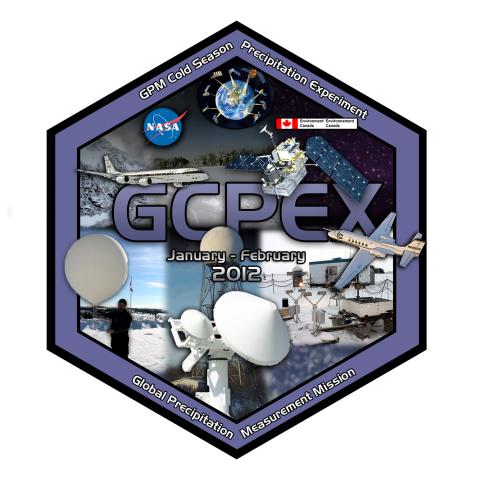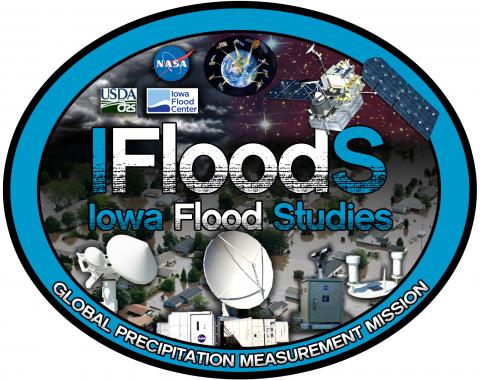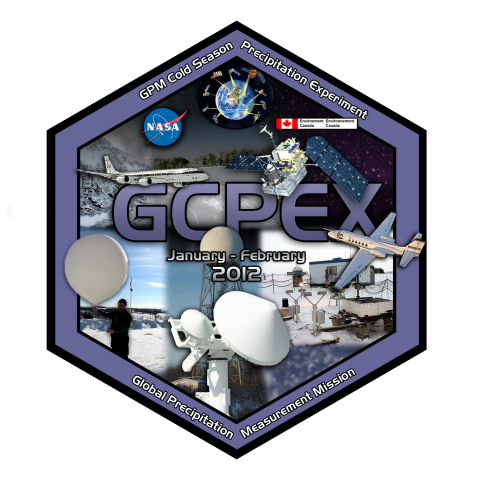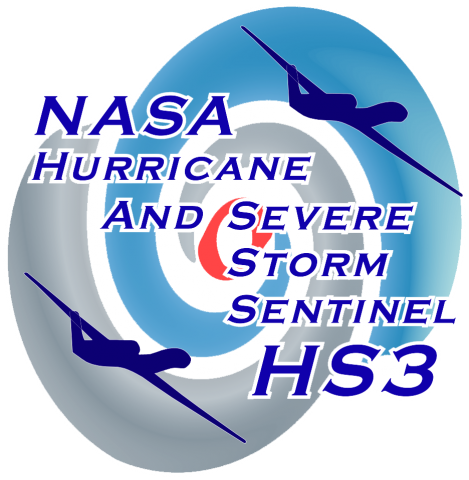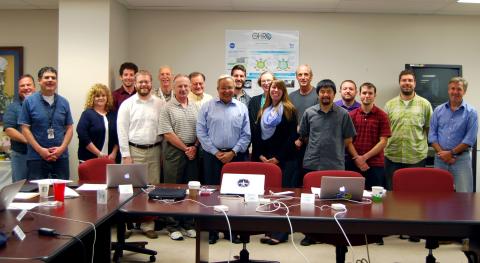
The Global Hydrology Resource Center DAAC hosted its first User Working Group meeting September 25 - 26, 2014 in Huntsville, Alabama. Key scientists from GHRC’s major discipline areas - the hydrologic cycle, severe weather interactions, lightning, and atmospheric convection – were invited to represent GHRC’s user community.Members of the GHRC gave presentations on DAAC data holdings, operations, and services. These presentations focused on the GHRC’s data stewardship activities including management of the GHRC’s data assets and knowledge augmentation services such as infrastructure, tools, and user services. In addition, members of the UWG were invited to give presentations on their individual research topics in GHRC’s major science areas. The UWG will provide guidance to the GHRC on topics such as pursuing new data holdings, developing new research ideas, and enhancing the overall user experience. Pictures can be found on our Facebook page at https://www.facebook.com/media/set/?set=a.529391120528912.1073741832.328055457329147&type=3.



